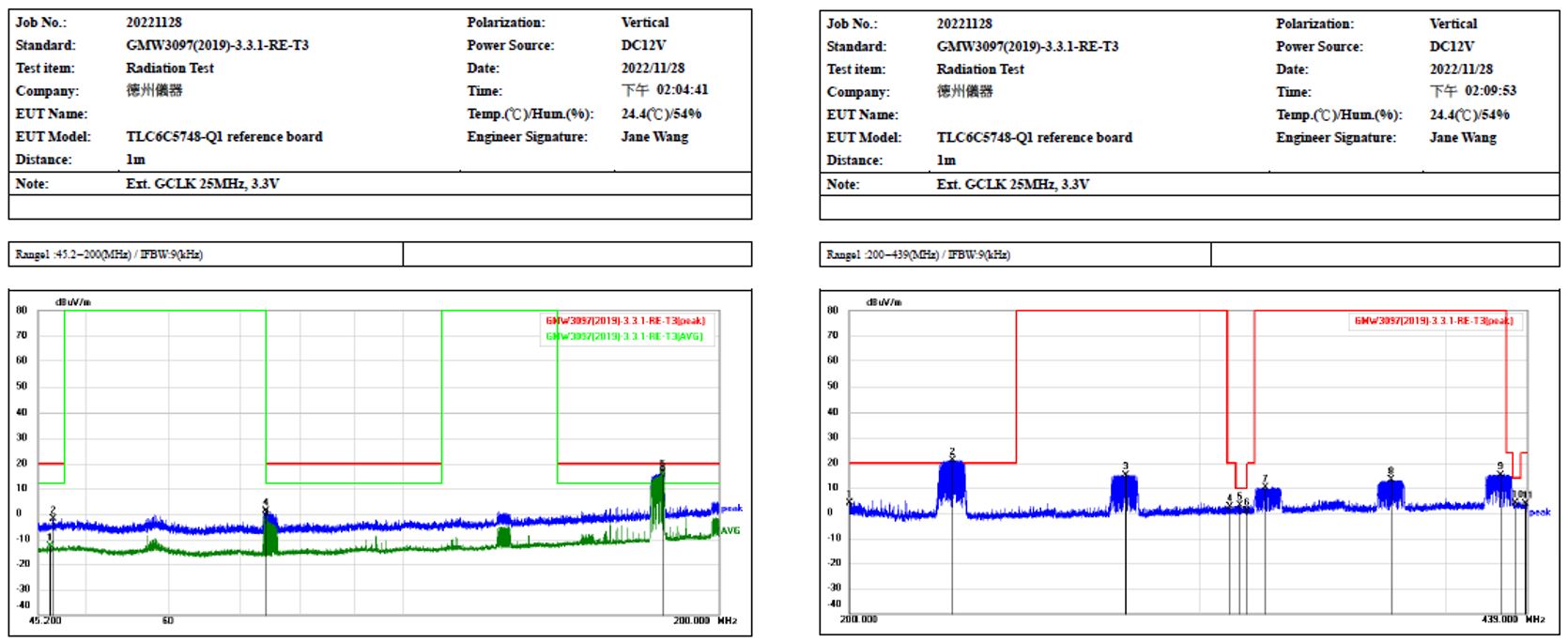SLVAFI8 February 2023 TLC6C5748-Q1
- Abstract
- Trademarks
- 1Introduction
-
2Design Considerations for Low EMI
- 2.1 Design Considerations Overview
- 2.2
Considerations in Detail
- 2.2.1 Top-Level Architecture
- 2.2.2
High Frequency Signals
- 2.2.2.1 Original Setup
- 2.2.2.2 3.3 V I/O Voltage Instead of 5 V
- 2.2.2.3 Use Independent OSC for GSCLK With Spread Spectrum
- 2.2.2.4 Without Using Buffer on GSCLK
- 2.2.2.5 Using Snubber on GSCLK
- 2.2.2.6 Lower the Signal Frequency
- 2.2.2.7 Placement and PCB layout
- 2.2.2.8 ESD Enhancement
- 2.2.2.9 Demo and Test Results
- 2.2.2.10 Bench Test Results
- 3Summary
- 4References
2.2.2.4 Without Using Buffer on GSCLK
Although using OSC which has spread spectrum function to be GSCLK can largely reduce the EMI noise, it is still over specification in some frequency band. Lowering the GSCLK energy is the way to reduce the EMI. Common ways to reduce EMI energy are without using buffer on the premise that the system operate normally and signal waveform meet specification and leave enough margin. #FIG_TKB_1LL_FWB shows test results without using buffer for GSCLK.
 Figure 2-6 Test Results of Using 3.3 V IO
Voltage Setup, GSCLK with SSC, and Remove Buffer (Vertical Direction) from 45
MHz to 439 MHz
Figure 2-6 Test Results of Using 3.3 V IO
Voltage Setup, GSCLK with SSC, and Remove Buffer (Vertical Direction) from 45
MHz to 439 MHz